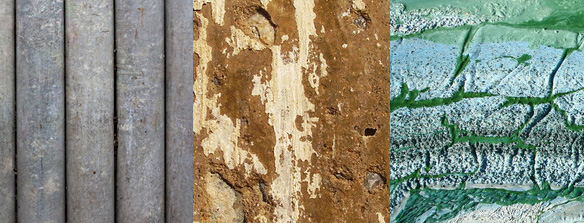 You may have heard rumours about mold in juice boxes.
You may have heard rumours about mold in juice boxes.
Juice boxes are among the most convenient thirst quenchers around. Millions of them are consumed annually by people from all walks of life. They are particularly popular among children who are craving for something sweet in a pinch. Parents favour them over other alternatives thinking that they are the healthier option. However, there are times when the boxes turn out to have a nasty surprise hidden inside.
Contaminants can get in despite the strictest measures inside a plant. This means that buyers could end up consuming something that they shouldn’t. These could affect the taste and may even lead to illness.
A Scary Situation
Earlier in the year, Nancy Iannantuono bought an Oasis juice box for her daughter when she got thirsty. This turned into a scary situation when little Azia Iannantuono complained that the liquid tasted odd. The mother took a sip herself to check and she quickly suspected that things were not right.
They opened up the box and were shocked to see a repulsive substance down at the bottom. It was gray with green and yellowish spots. They contacted the manufacturer to inform them of the incident and get the answers they deserve.
A Corporate Nightmare
This is the type of thing that could put companies out of business in an instant. It undermines the trust of consumers and causes people to switch brands. Lassonde Industries was swift to allay fears by pronouncing it as an isolated case. The batch that included the juice box included over half a million pieces. So far they only received this solitary complaint.
They claim to have tested samples from that batch which turned out to be perfectly fine. It should be noted that the Iannantuonos opened up the rest of the boxes they bought and found the same contamination on two of them.
Inspectors Enter the Scene
The news was picked up by the media and generated a strong response from the public.
Nancy Iannantuono reached out to the Quebec Department of Agriculture, Fisheries and Food for help. The office promised to send a city inspector to the plant. A sample from the offending juice box would also be tested.
The city of Montreal made a similar gesture. They suspect that the substance found inside is none other than mould. Lab tests would confirm this conclusively. The good news is that mold in juice box is not that harmful. Aiza is not in imminent danger from drinking the contaminated juice.
The Blame Game
Despite the inspector’s pronouncement, people still want to know exactly how mold was able to grow inside a sealed container.
Lassonde provides several theories:
1. The boxes were damaged during distribution
2. They might not have been refrigerated properly after the seals were opened.
Professor Lawrence Goodridge of McGill University says that the first theory is unlikely. Contamination in the possession of distributors is only probable if the container is leaking. A pristine box indicates that the problem occurred at the plant.
Plant Inspection
Federal inspectors are eager to conduct a thorough examination of the processing plant.
Their findings will be crucial in determining the fate of the company. Other food and beverage corporations can avoid this scenario by getting the services of private mold inspectors on a regular basis.
Continuous professional intervention will keep the workers on their toes when it comes to sanitation. It also maintains a high quality standard for the products, and prevent PR disasters like this one from happening.












